At the age of thirteen, he attended drawing classes at the Ecole des arts décoratifs in Paris.
The following year, he entered the studio of Henri Théophile Hildibrand, specializing in wood engraving, as a student, then in the drawing classes of the painter Diogène Maillart.
At eighteen, he began working as an engraver for Eugène Froment, whose engravings were mainly intended to illustrate the newspaper L'Illustration. Alongside this work, he painted for pleasure and studied at the studio of Carolus-Duran.
From 1884, his works increasingly belong to Divisionism, or Pointillism, a movement initiated by Georges Seurat who advocated a painting made up of dots of color. The year 1895 was a turning point in the artist's life.
From a personal point of view, his young son died of sunstroke, aged only one year. From an artistic point of view, the Charleroi region in Belgium fascinated him and he gradually abandoned Divisionism to represent this region through factories and mines (Steelworks in Charleroi).
From the 20th century, Divisionism was completely abandoned by the painter. He worked on representations of the Commune (A Street in Paris in May 1871), the banks of the Seine or even political drawings, opposed to any form of war.










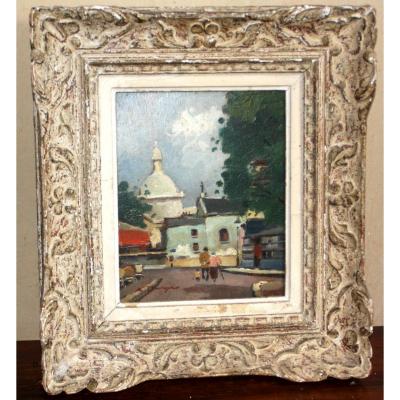




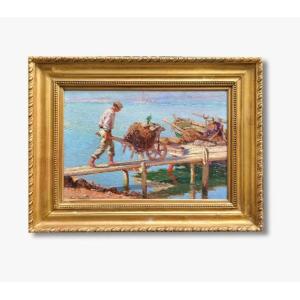

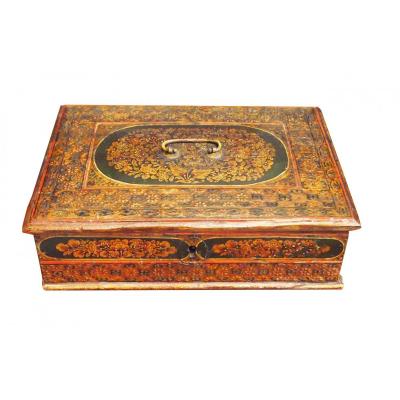
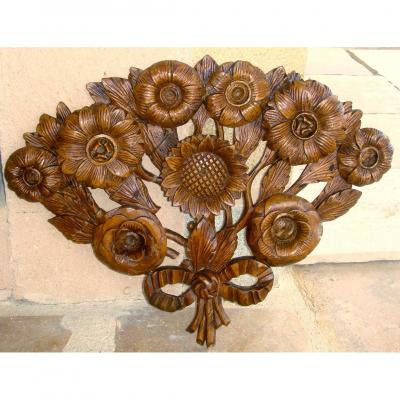
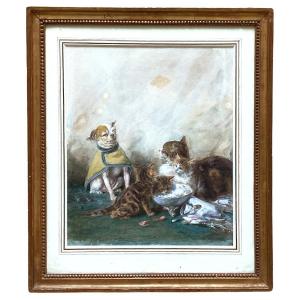
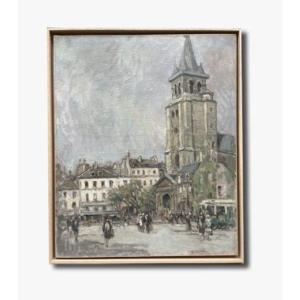

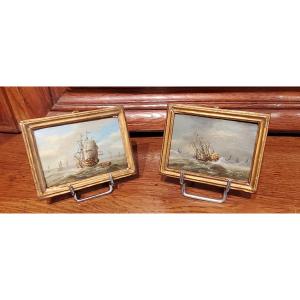

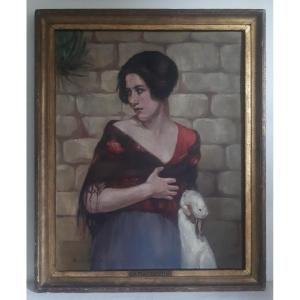






 Le Magazine de PROANTIC
Le Magazine de PROANTIC TRÉSORS Magazine
TRÉSORS Magazine Rivista Artiquariato
Rivista Artiquariato